"I'm gonna do it!" your 3-year-old says, insisting they can pour a cup of orange juice. Although the carton isn't very full, their hand wiggles and shakes as they pour. Some of the juice makes it into the cup, but most of it ends up on the counter.
This is a familiar scenario for parents. It seems young children are always trying to do just a bit beyond what they can safely achieve. But little ones aren't trying to make a mess. They're busy building the fine motor skills they need to become capable adults.
As your child develops fine motor skills, they'll do a better job of pouring juice, coloring in the lines, cutting with scissors, and more. Are you wondering how to help your child build fine motor control skills? As a Montessori teacher and mom of three, I've learned a lot about fine motor skills development. Here's what parents should know about fine motor skills and some of my favorite Montessori activities to try.
What Are Fine Motor Skills?
Fine motor skills are small movements of the hand. They involve strength and coordination, and the ability to manipulate objects. Hand-eye coordination and grip strength are other important aspects of fine motor skills.
As adults, we often take these skills for granted. Young children need to build these skills through lots of practice. Some fine motor developmental milestones children achieve are:
| 4 months | Hold an object, reach for or bat at toys |
| 12 months | Pick up small objects like Cheerios, put an object in a container |
| 2 years | Use a spoon, try to use switches and knobs |
| 3 years | Draw a circle, thread beads on a string, use a fork |
| 4 years | Hold a writing utensil with a pincer grasp (not a fist), catch a ball, unbutton a button |
| 5 years | Button buttons |
The American Academy of Pediatrics' physical developmental delay tool outlines fine motor skills children should achieve in more detail.
Fine motor skills require coordination between the brain, eyes, hands, and fingers. Plus, many of these skills also require planning and following a series of steps. So, children also need to increase their attention span and ability to concentrate.
Muscle strength is another important aspect. Over time and with practice, children build strength in their fingers that enhances their precision.
Fine vs. Gross Motor Skills
Fine motor skills refer to small movements like handwriting or sewing. On the other hand, gross motor skills are large movements such as walking or jumping. Both of these skills are essential in everyday life.
When babies are born, they have limited fine and gross motor skills. That's why babies need lots of practice and support with tummy time and developmentally appropriate toys.
18 Montessori Fine Motor Skills Activities
When Dr. Montessori developed her teaching method, she noticed the importance of helping children build fine motor skills. In various curriculum areas, she included activities that improve hand strength and concentration. Plus, these activities also foster independence, which helps boost self-confidence.
These Montessori activities are ideal for toddlers and preschool-aged children, as well as kindergarteners. When doing these activities with your child, try demonstrating how to do it and then asking your child to try. Avoid wordy explanations of the activity. Instead, your child can learn through observation.
Also, many of these activities involve small objects. Supervise your child carefully to avoid any accidents. Or, simply avoid activities with small objects until you think your child is ready and won’t put things in their mouth.

1. Spooning Activities
In this activity, children practice fine motor skills by moving objects from one bowl to another with a spoon. To prepare the activity, you'll need a tray, objects to move, such as dried grains, two bowls, and a spoon.
Set the tray up by placing the bowls side by side. The one on the left should be filled with grain. The bowl on the right should be empty. Put the spoon to the side. Then, invite your child to try the activity.
Keep the activity interesting by switching up the materials. Use grains like rice, beans, or lentils. You can also use other small objects such as beads, buttons, or even little jingle bells. Instead of a regular spoon, try using a soup spoon or a tiny coffee spoon.
Skills: Hand-eye coordination, precision, concentration, grip strength, eating skills
2. Tweezing Activities
Similar to the spooning activities, this time you'll use a pair of tongs or tweezers instead. Kids love trying out these tools, and they're great for building the pincer grasp that your child will also use to hold a pencil.
Choose objects that are appropriate in size, considering the tool you're using. As a basic rule, big tongs go best with bigger objects, and tweezers go best with smaller objects. Some good options include pom poms, dry pasta, or beads.
Another variation is to use an ice cube tray or similar instead of the bowl on the right. Your child must then put one object in each compartment using the tongs or tweezers. Make sure you put the exact number of objects in the bowl so there are none left in the bowl.
Skills: Hand-eye coordination, precision, concentration, grip strength, eating skills, pincer grasp
3. Pouring Activities
This is another variation of the above transferring activities. However, instead of moving dry objects, this time, your little one will transfer liquids.
Set up two small pitchers or a pitcher and a glass. Fill the pitcher on the left with water. Make it fun by adding a drop of food coloring. Then, your child can practice pouring the water.
For this activity, also provide a small dishcloth your child can use to wipe up spills.
Skills: Hand-eye coordination, precision, concentration, grip strength, eating skills
4. Making a Snack
Little ones can make simple snacks like sliced strawberries, cubed cheese, or crackers and peanut butter.
To do it the Montessori way, let your child go through all the steps of preparing their snack. Provide a Helper Tower so your child can reach the countertops. Also, offer a child safe knife so they can safely chop fruit or vegetables.
Start with simple snacks, and your child can work their way up to more complex recipes.
Skills: Hand-eye coordination, precision, concentration, grip strength, eating skills
5. Cutting Strips
Set up a tray that holds scissors and long strips of paper. Draw lines on the paper to show where your child should cut. Invite your child to cut squares of paper.
As your child builds their skills, add extra challenge. Make wider strips of paper and draw lines in a zig zag for your child to cut.
Skills: Hand-eye coordination, precision, concentration, grip strength
6. Knobbed Cylinders
This Montessori material helps little ones develop the pincer grasp. While completing the knobbed cylinders, children also learn about depth, width, and size in general. If you can't get a set of knobbed cylinders, try peg puzzles for similar skill-building.
Skills: Hand-eye coordination, precision, concentration, grip strength, visual discrimination, pincer grasp
7. Metal Insets
In this activity, children trace a stencil of a square, oval, circle, or another large shape. Then, they draw straight horizontal lines across. Children can use different colored pencils and create designs.
You don't have to use the official metal insets if you don't have them. Try having your child trace a large circular lid for a similar effect. Or, buy some large stencils of geometric shapes.
Skills: Hand-eye coordination, precision, concentration, grip strength, visual discrimination, pre-writing skills, pincer grasp
8. Threading Beads
Grab an old shoelace and some large wooden beads. Tie a knot to one end of the shoelace and start threading beads.
As your child advances, have them try making a necklace with pony beads.
Skills: Hand-eye coordination, precision, concentration, grip strength, visual discrimination, pre-writing skills, pincer grasp
9. Salt Tray Writing

Fill a small tray with salt. Show your child a card with a shape such as a circle or square. Demonstrate how to draw the shape in the salt. Eventually, your child can practice writing letters and numbers, too.
Skills: Hand-eye coordination, precision, concentration, visual discrimination, pre-writing skills
10. Dressing
In the Montessori classroom, children use special frames to practice doing buttons, tying shoelaces, and doing zippers. At home, you can simply have your child practice with their own clothing. Sweaters with oversized buttons are a great place to start.
Skills: Hand-eye coordination, precision, concentration, grip strength, pincer grasp
11. Using a Lock and Keys
Set up a tray with two or three distinct locks and keys. Your child needs to figure out which key belongs to which lock and open them.
Skills: Hand-eye coordination, precision, concentration, grip strength, pincer grasp
12. Wiping a Table
Learning to wipe a table is both practical and educational. Consider also creating a space for your child to access cleaning supplies like a spray bottle, cloth or rag, dustpan and brush, and a child-sized broom.
Skills: Hand-eye coordination, precision, concentration, independence
13. Polishing a Mirror
Provide your child with tools to polish a mirror such as a soft cloth, a spray bottle with vinegar and water, and newspaper. Show them how to polish a mirror. Another variation is cleaning windows or glass doors. Young children love this job!
Skills: Hand-eye coordination, precision, concentration, independence
14. Using a Dustpan and Brush
Teach your child to clean up their crumbs or paper scraps with a dustpan and brush.
Skills: Hand-eye coordination, precision, concentration, independence
15. Sewing
Sewing is an exciting new project. You can start with a large, dull yarn needle, yarn, and fabric with a loose weave, like burlap. Also, use an embroidery hoop. As your child builds their skill, you can use a sharper needle and finer fabrics.
Skills: Hand-eye coordination, precision, concentration, visual discrimination, grip strength, pincer grasp
16. Gardening
Your child will gain foundational knowledge in science when you garden together. Whether you plant some herbs in a pot or a whole vegetable garden, your child will love growing their own food! Some skills to try include planting a seed, watering plants, weeding, pruning, harvesting, and more.
Skills: Hand-eye coordination, precision, concentration, independence, visual discrimination
17. Using Clothespins
Instead of running the dryer, hang your laundry outdoors. Put up a low rope and show your child how to use clothespins. Start with small items like socks. Eventually, your child can hang up more challenging clothing, like shirts.
Skills: Hand-eye coordination, precision, concentration, grip strength, pincer grasp
18. Folding Socks
Enlist your child's help to match and fold socks. Encourage them to try folding other items as well, such as small towels.
Skills: Hand-eye coordination, precision, concentration, grip strength, visual discrimination
Adding Fine Motor Skills Activities to Your Routines
Many of these Montessori activities simply involve your child in chores and everyday activities at home. Instead of sending your child off to play or saying, "I'll play with you in 5 minutes," invite your child to help you. Many young children will jump at the chance to chop up a cucumber, wash dishes, or help with laundry. As they do, they'll develop hand-eye coordination, grip strength, precision, and most importantly, a stronger connection to you.
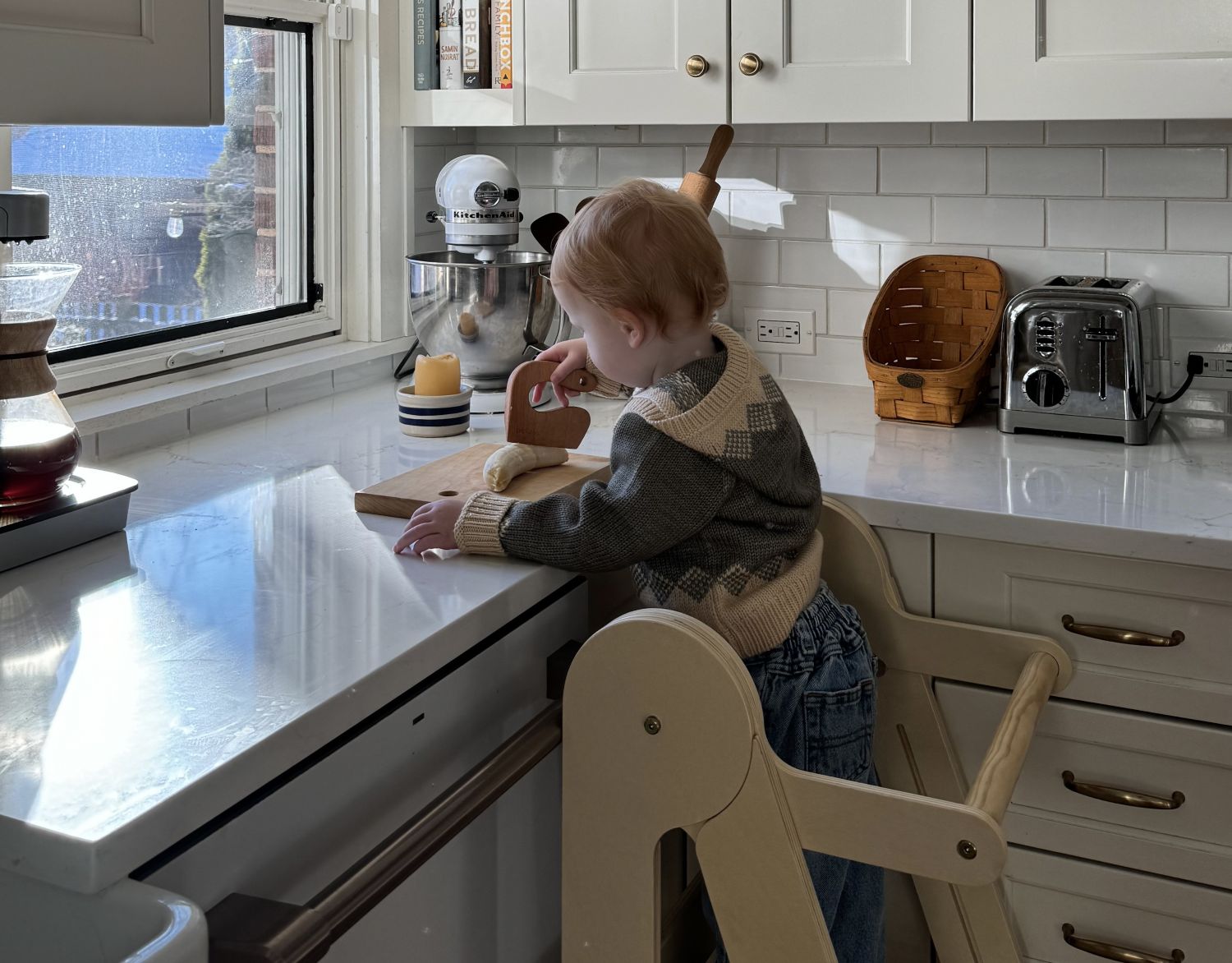


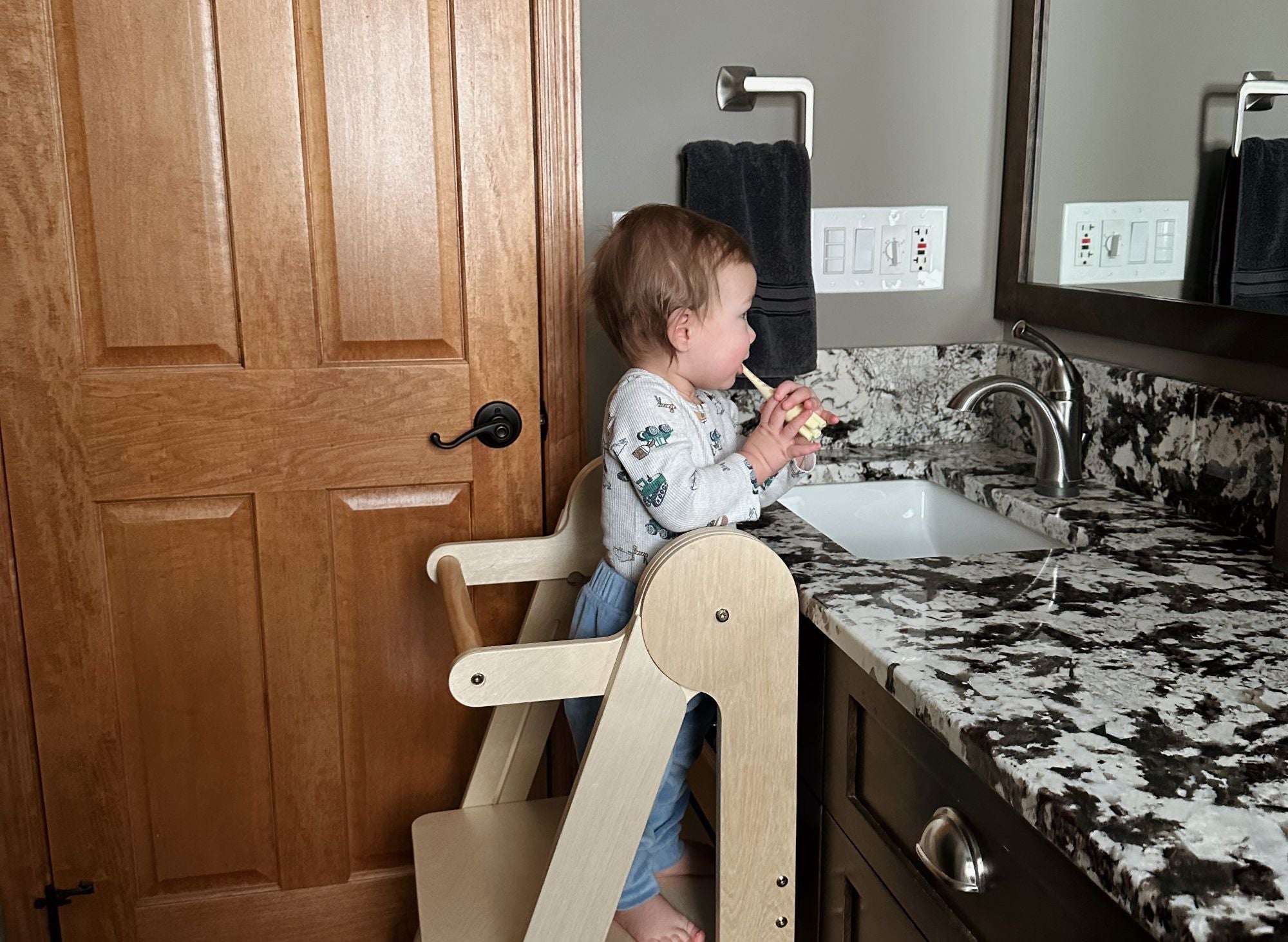
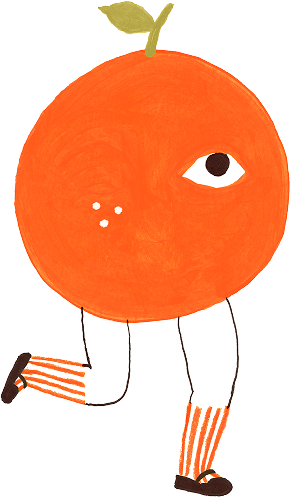
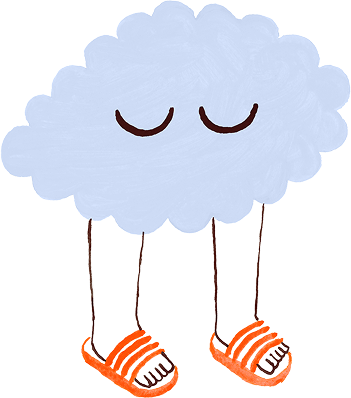
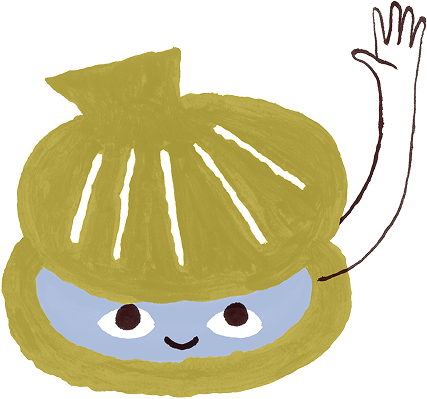
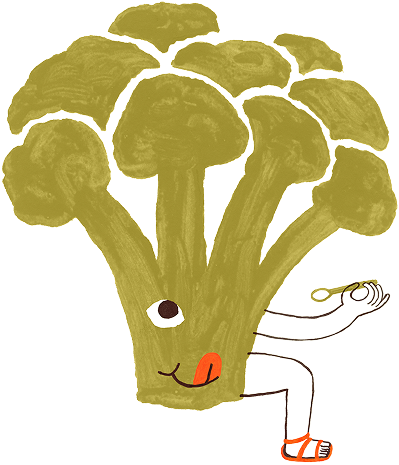
Leave a comment
This site is protected by hCaptcha and the hCaptcha Privacy Policy and Terms of Service apply.